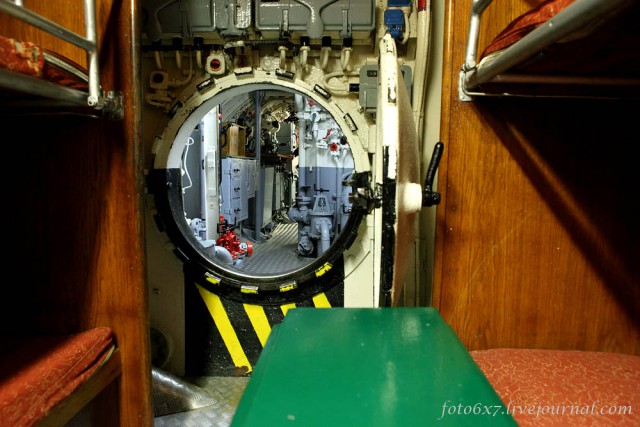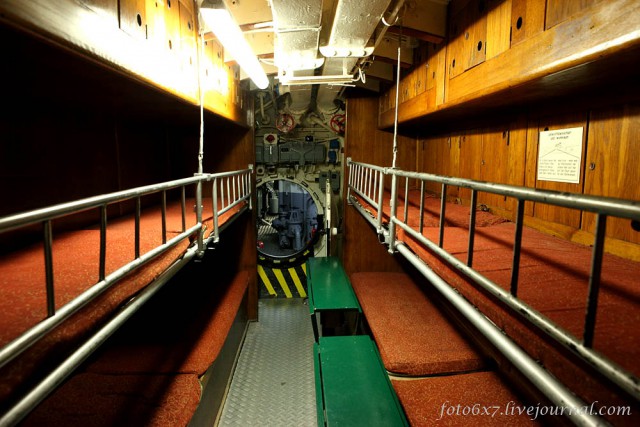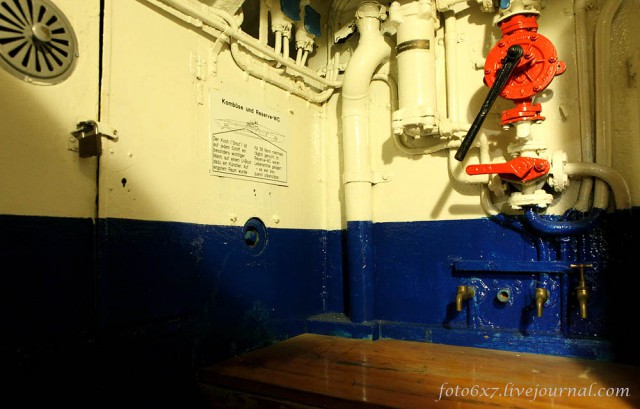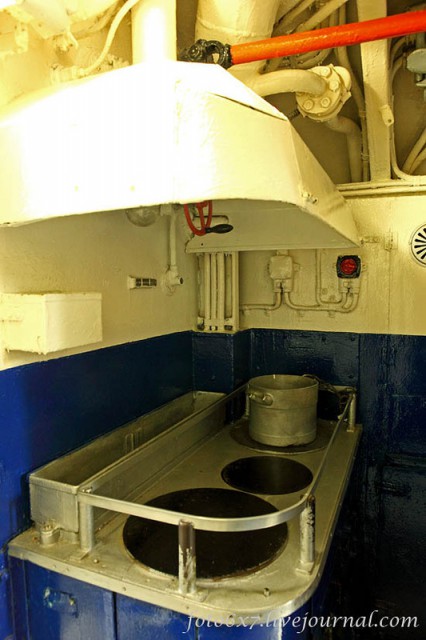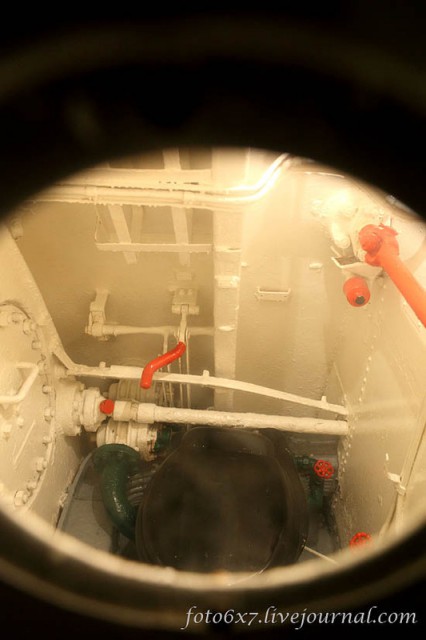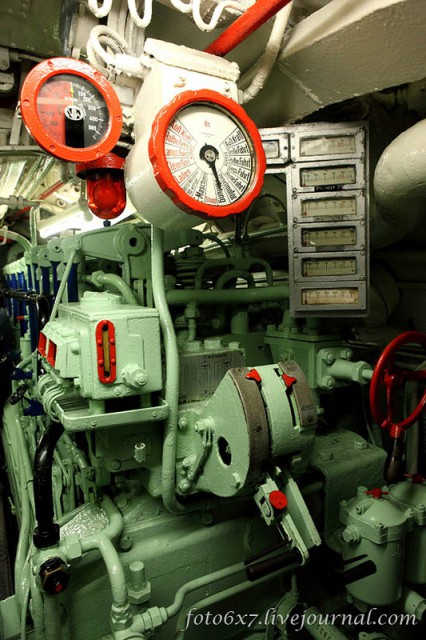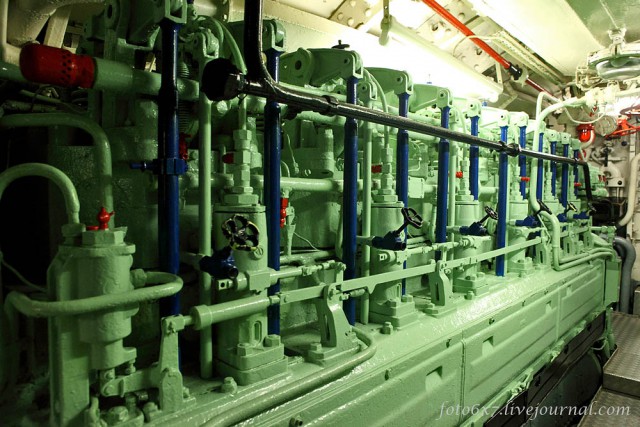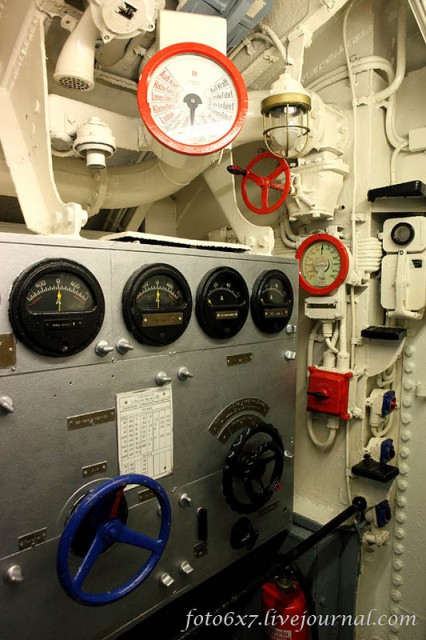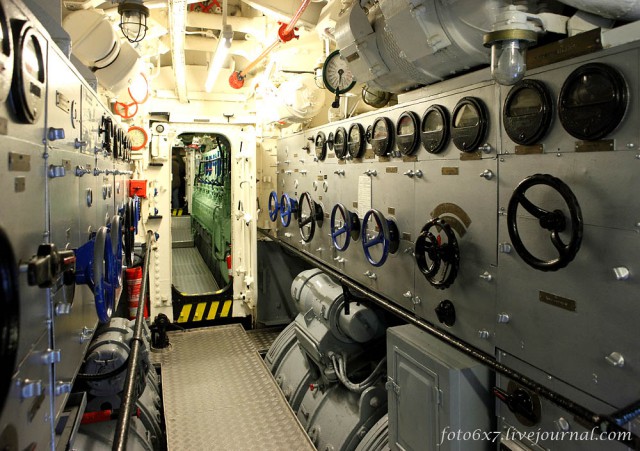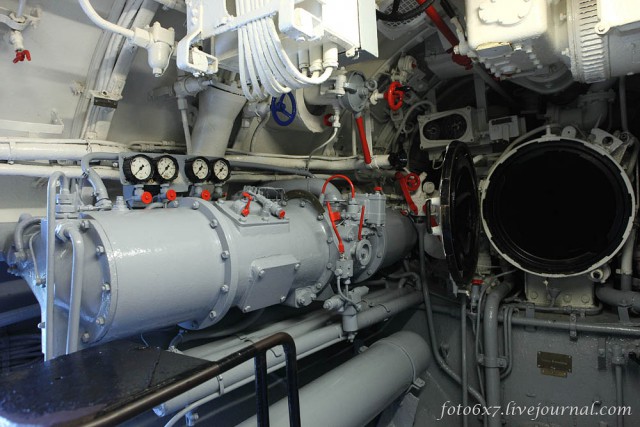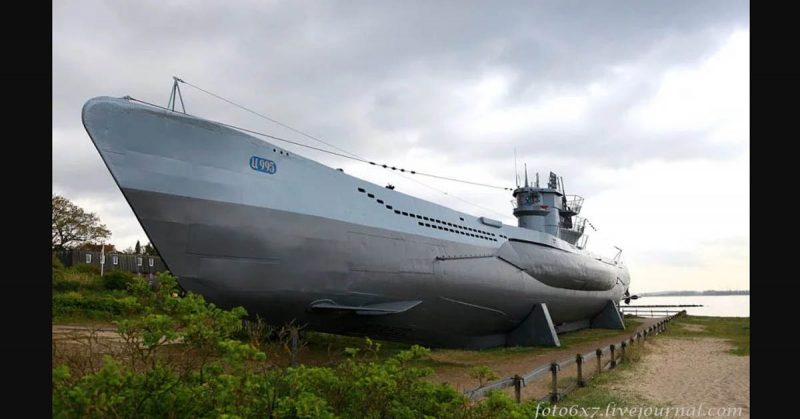The U-Boat War
The Battle of the Atlantic was a vital arena of the Second World War. A protracted campaign that lasted for most of the war, German vessels tried to sink Allied supply ships. By far the most effective tools were the U-boats, the German submarines.
It was a campaign shaped by intelligence gathering and by repeated misjudgments on both sides.
Focus on Surface Vessels
The first mistake had happened before the war began.
Both sides believed the way to stop merchant shipping was heavily armed surface vessels. Restrictions on German naval armament concentrated on these, rather than on U-boats. Similarly, Hitler focused on building the most impressive ships possible, leading to battleships such as the Bismarck.
U-Boat Politics
The politics behind the scenes of the Nazi regime played into this. Admiral Dönitz, Commander-in-Chief of the U-boats, pressed for more of U-boats to be built. Admiral Raeder, the overall Commander-in-Chief of the German Navy, was more interested in surface ships. They were both competing for resources with the prestigious Luftwaffe.
As a result, in 1939 Dönitz lacked the U-boats he needed to dominate the Atlantic and halt British shipping.
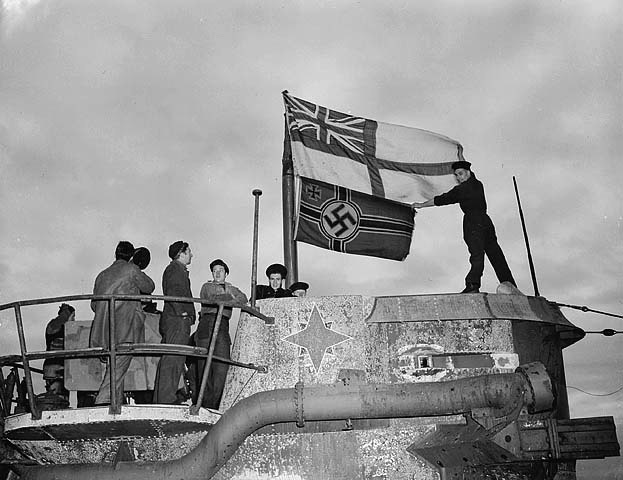
Convoys
Some in Britain remembered the threat U-boats had posed in the previous war. Winston Churchill, as First Lord of the Admiralty, asked for information on how many U-boats the Germans had. Fearing attacks on shipping, the Admiralty swiftly set up a convoy system, to enable ships to provide support and protection for each other.
Hunter-Killer Groups
Eager for battle, the Royal Navy set up hunter-killer groups, teams of ships assigned to chase down U-boats.
It proved much less effective than they had hoped. They did not have radar good enough to detect U-boats at a distance. Insufficient aircraft and escort boats also hampered their operations. As they chased around the ocean, the U-boats slid past to attack convoys.
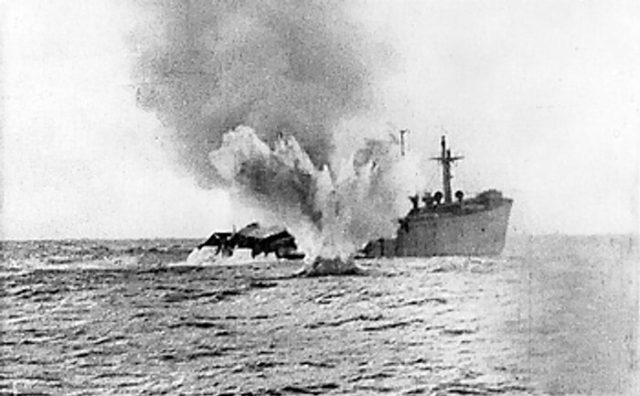
Forward Bases
The war on the ground helped the Germans at sea. The capture of Norway and western France gave them better access to the Atlantic Ocean. U-boats no longer had to sail from the Baltic through the British-controlled waters north of Scotland before reaching their hunting grounds. It saved time and meant there was less risk of being detected on the way.
Control and Detection
U-boat efforts were initially helped and later hindered by central control.
Dönitz maintained a system of tight control over the U-boats and their activities. In the early days, when convoys were short of escort vessels, it helped him make the most of any opportunities. Directing the U-boats using the knowledge of central command made them efficient, balancing the initial shortage of boats.
It also had a downside. Central control meant regular radio contact. If the Allies detected those signals, they could tell where the boats were. At first, it was a price worth paying. After late 1942, when the Allies had learned to decrypt the signals, it meant they knew exactly where the U-boats were going. Central control went from being a benefit to a liability.
The Submarine Tracking Room
Allied efforts to tackle the U-boats benefited hugely from the preparedness of the Royal Navy. The only arm of the British Military to take military intelligence seriously in the build-up to the war, the Navy set up a center specializing in intelligence gathering and analysis.
Part of this was the Submarine Tracking Room. Led by Rodger Winn, this dedicated analytical center made incredible use of the available information. The Tracking Room became the mastermind behind the British submarine war.
Enigma and Evasion
One of the most important sources of data for the Tracking Room was Ultra. It was a program of high-level intelligence analysis which decrypted the Enigma cipher, the system used to code Germany’s highest level communications.
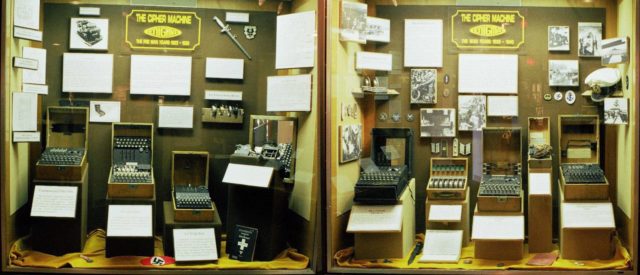
There were different versions of Enigma, and the Allies did not break them all. When the system changed, they could be left in the dark for months on end. Those were the times when they suffered their heaviest losses to the U-boats.
When Enigma could be cracked, it was hugely helpful.
Having made the initial mistake of focusing on fighting the U-boats, the Allies shifted to avoiding them. Using Enigma information and Tracking Room analysis, convoys steered clear of the hunting grounds prowled by Dönitz’s packs of submarines.
German Interception and Its Limits
The Allies were not the only ones decrypting enemy codes. The German Beobachtungsdienst (B-Dienst), the radio monitoring service, quickly broke down the initial convoy code and the later Naval Cipher No. 3. It let them listen in on most signals about the convoys.
The British Admiralty, unable to believe their codes had been cracked, took years to change the cipher. It was only in June 1943 that B-Dienst were shut out by a more secure cipher.
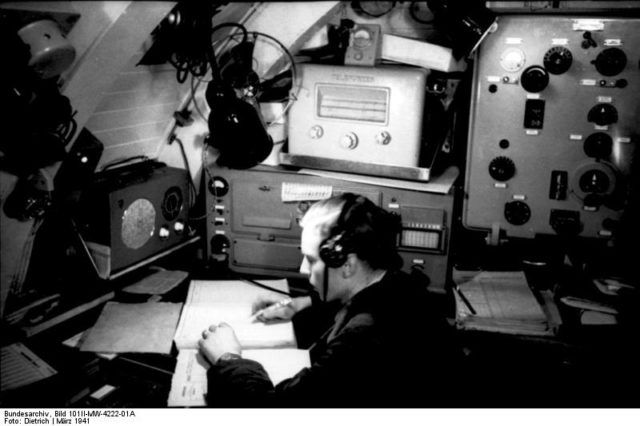
Potential Air Power
One of the great British errors in the Battle of the Atlantic came not from the Navy but the Royal Air Force (RAF).
RAF Bomber Command was convinced the most efficient use of its planes was in bombing German industry. They refused to hand over the planes requested for use in the Atlantic. They could have been incredibly useful in protecting convoys and destroying U-boats. Instead, they were used in operations now believed to have been massively ineffective.
An Ever-Shifting Balance
Many factors played into the ever-changing balance of power in the Atlantic. Intelligence gathering, technical innovation, political decisions, and ammunition supplies all played their part. Each side spent months at a time dominating, before being knocked down again by their opponent.
Ultimately, the Allies prevailed, and vital supplies got through. They achieved victory but made as many misjudgments as their opponents along the way.
Pictures – U-995
German submarine U-995 was a German Type VIIC/41 U-boat of the Kriegsmarine. She was laid down on 25 November 1942 in Hamburg, Germany, and was commissioned on 16 September 1943 with Oberleutnant Walter Köhntopp being the commanding officer.
At the end of the war on 8 May 1945, she was stricken at Trondheim, Norway and she was surrendered to the British.
She was then transferred to Norwegian ownership in October 1948. In December 1952 U995 became the Norwegian submarine Kaura until 1965 when she was stricken by the Royal Norwegian Navy. She was then sold for the symbolic price of one Deutsche Mark to Germany where, in October 1971, she became a museum ship at Laboe Naval Memorial.
Many thanks to foto6x7.livejournal.com for this awesome gallery.
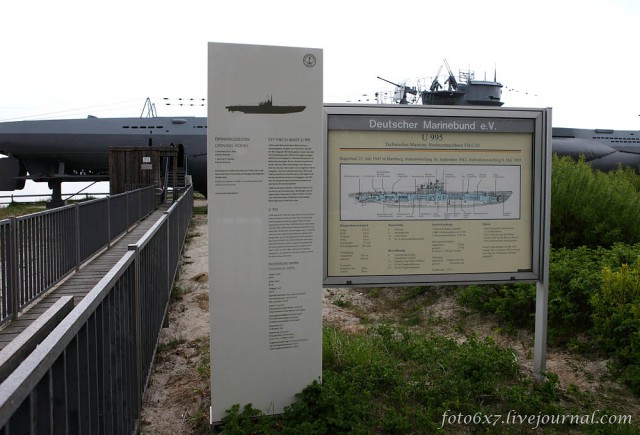
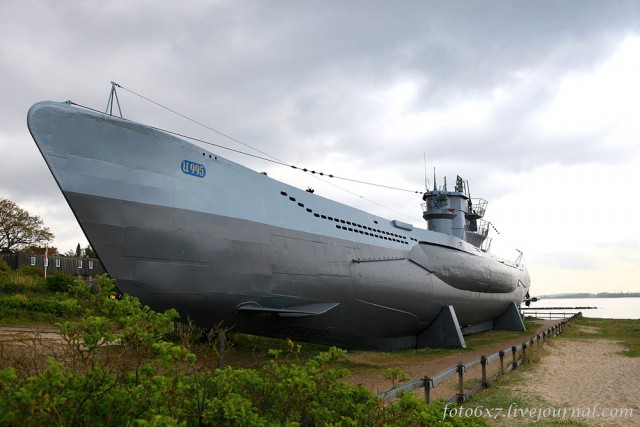
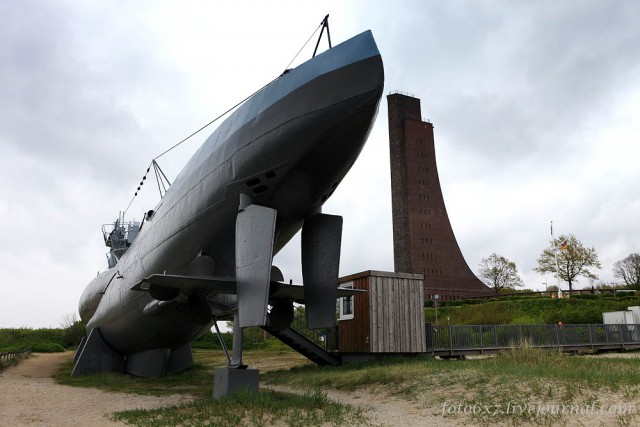
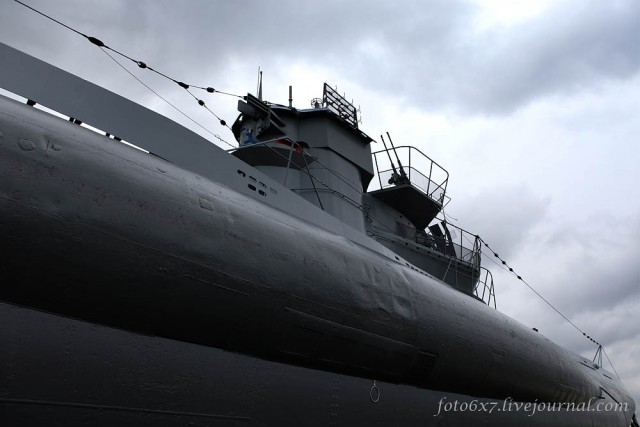
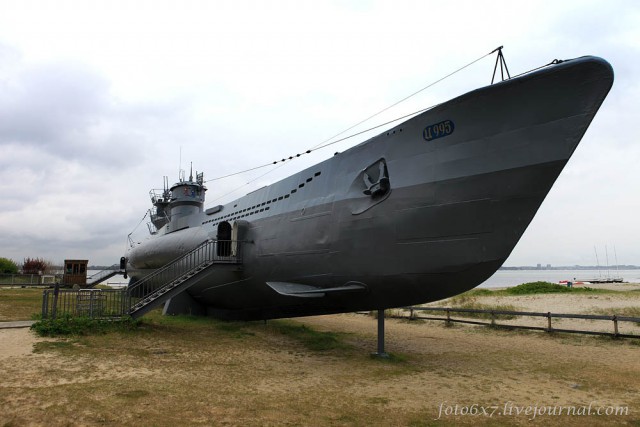
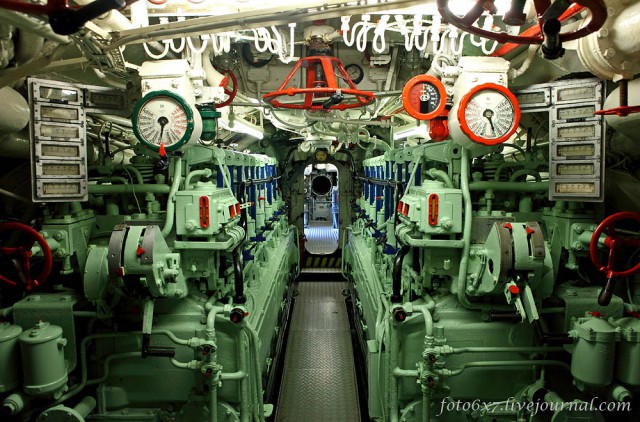
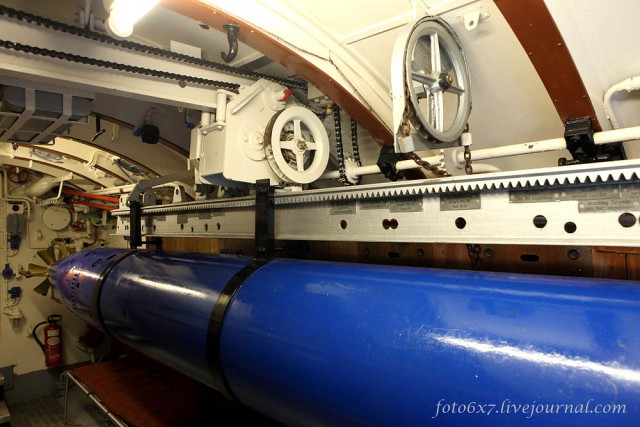
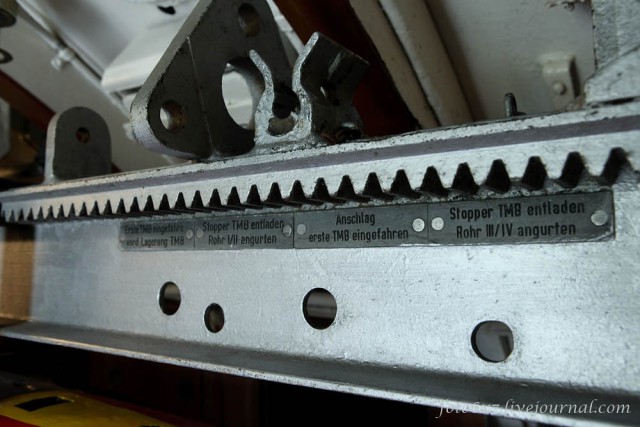
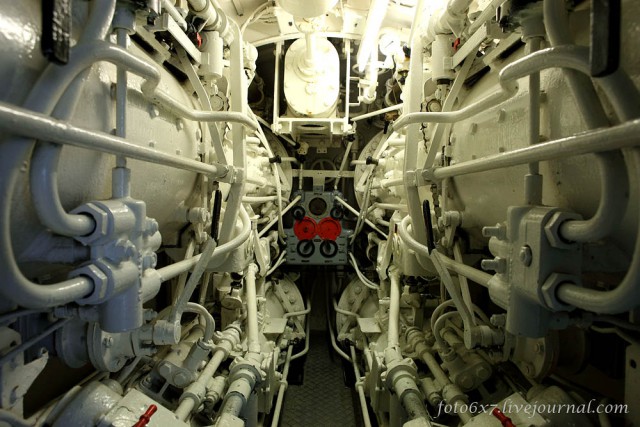
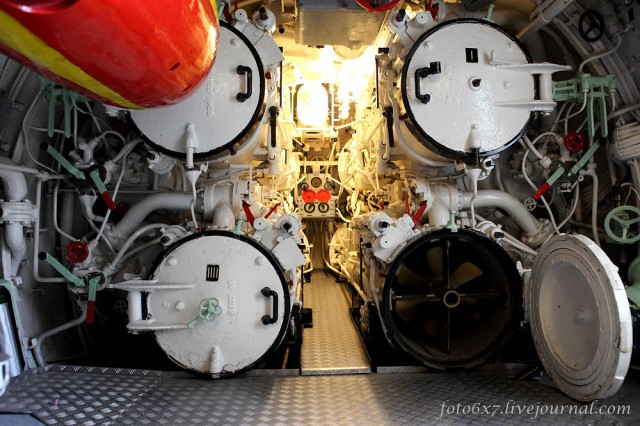
Type VII was based on earlier German submarine designs going back to the World War I Type UB III and especially the canceled Type UG, designed through the Dutch dummy company Ingenieurskantoor voor Scheepsbouw den Haag (I.v.S).
Which was set up by Germany after World War I in order to maintain and develop German submarine technology and to circumvent the limitations set by the Treaty of Versailles, and was built by shipyards around the world.
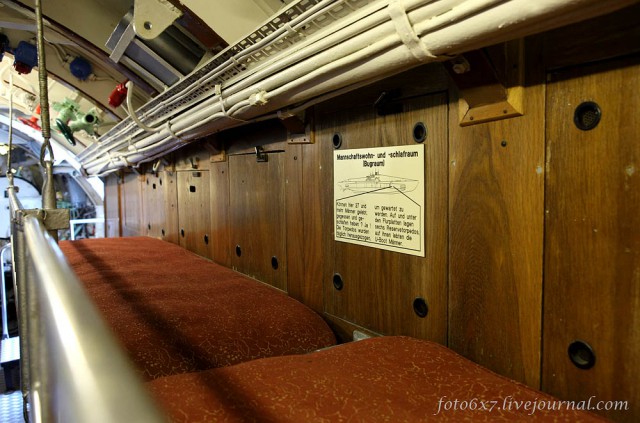
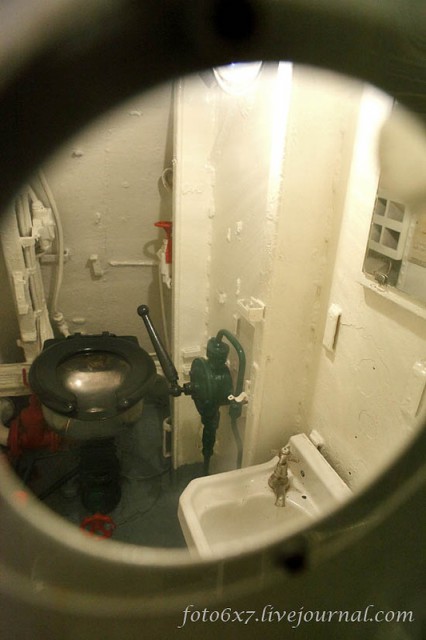
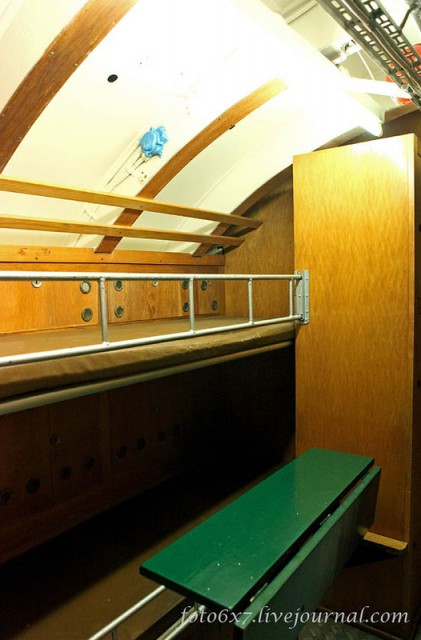
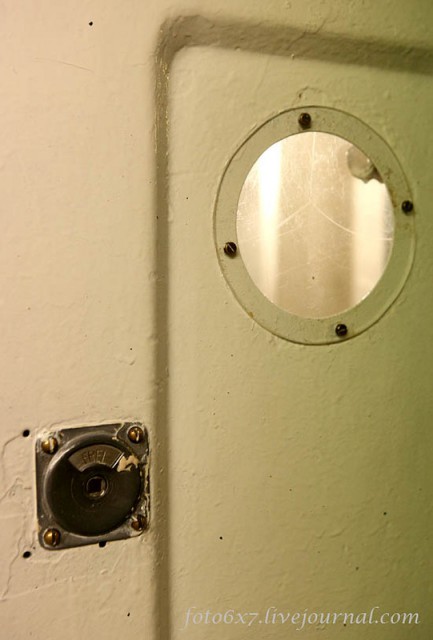
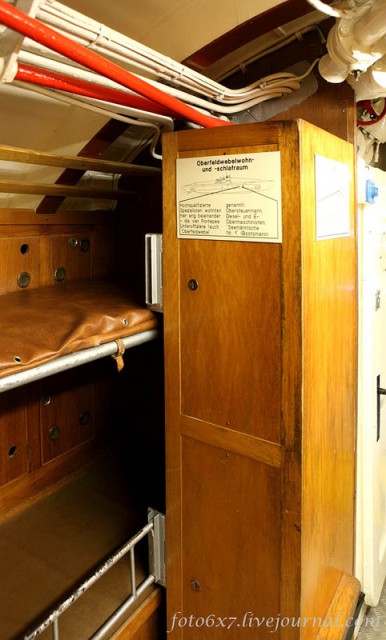
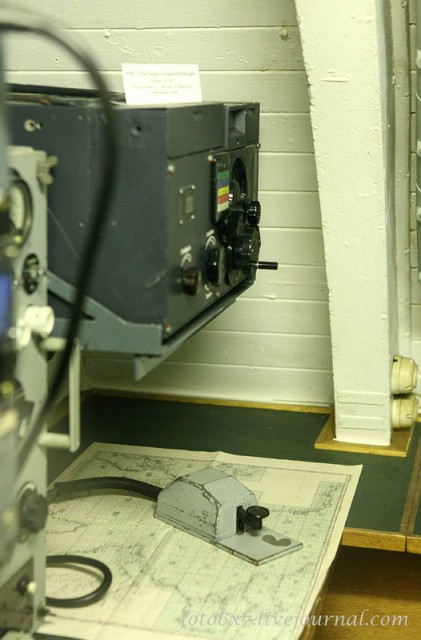
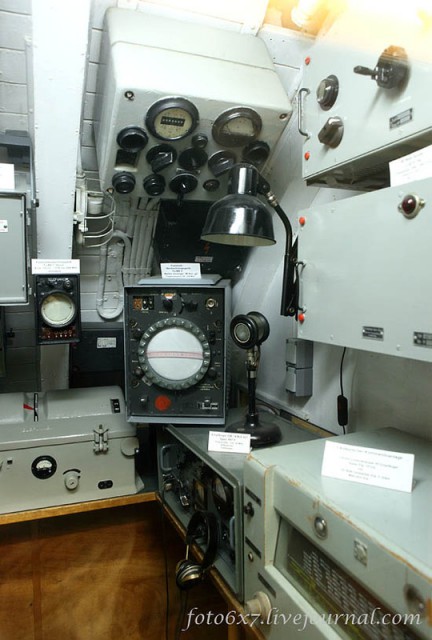
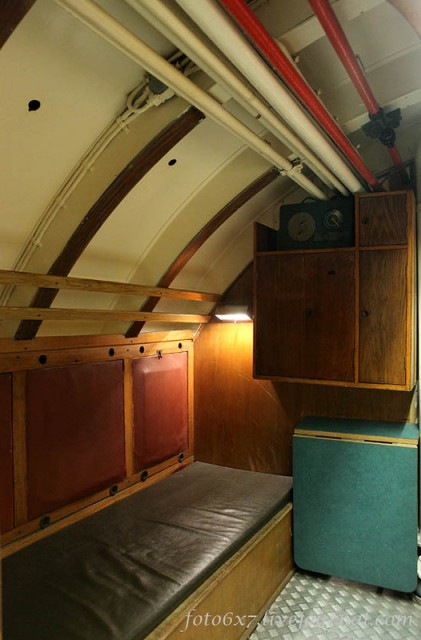
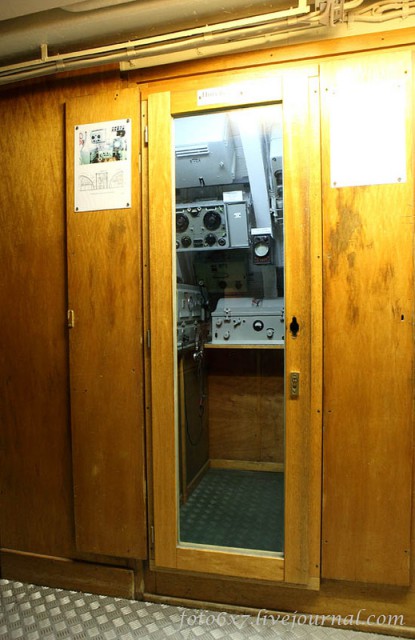
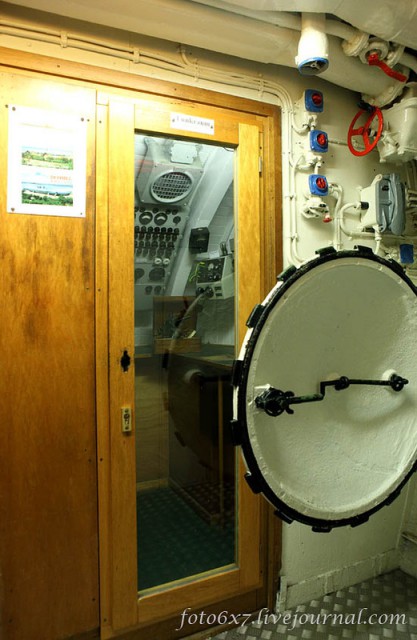
The Finnish Vetehinen class and Spanish Type E-1 also provided some of the basis for the Type VII design. These designs led to the Type VII along with Type I, the latter being built in AG Weser shipyard in Bremen, Germany.
The production of Type I was cut down only after two boats; the reasons for this are not certain and range from political decisions to faults of the type.
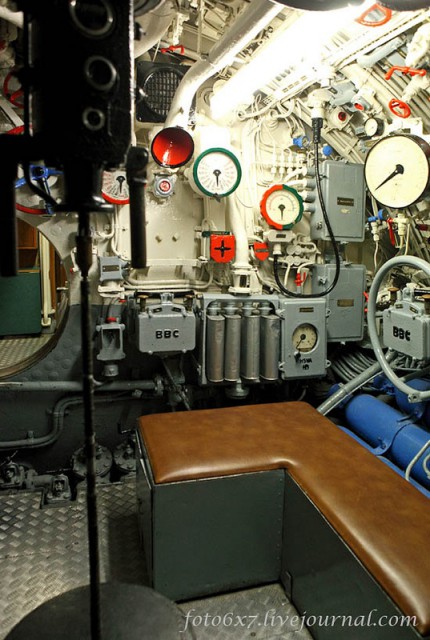
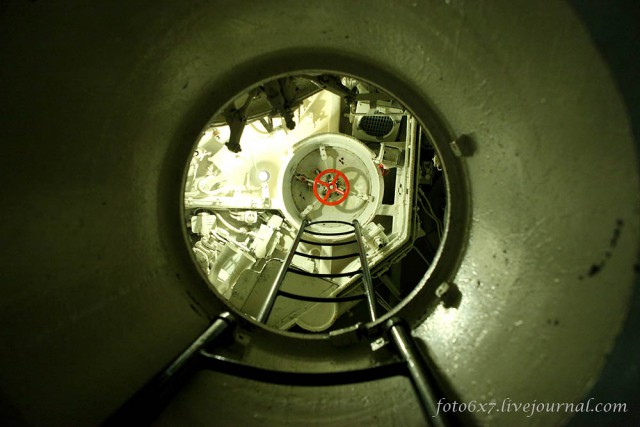
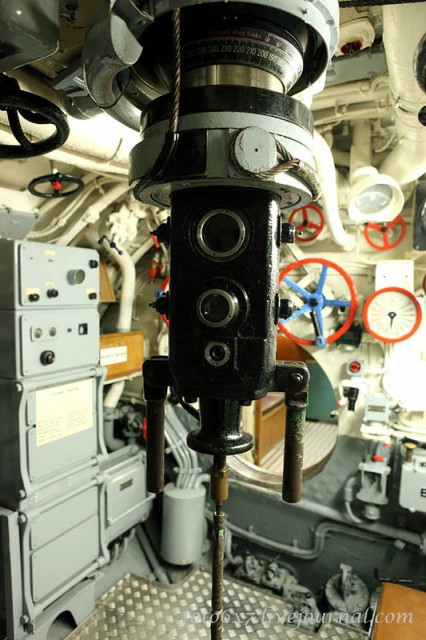
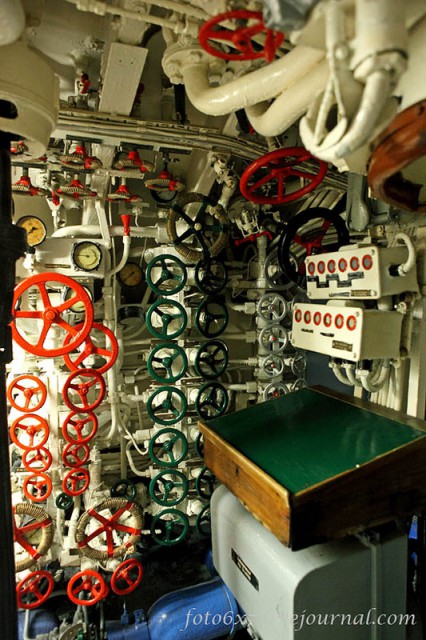
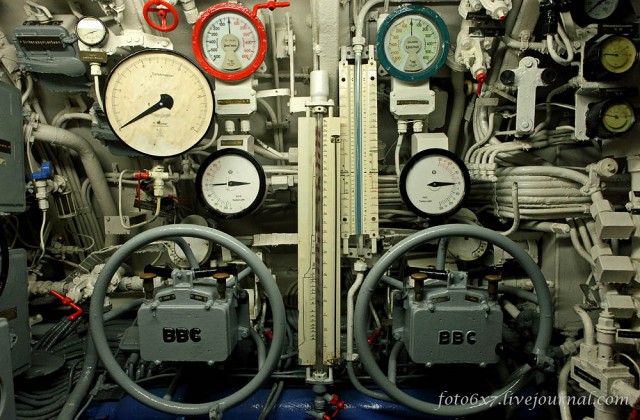
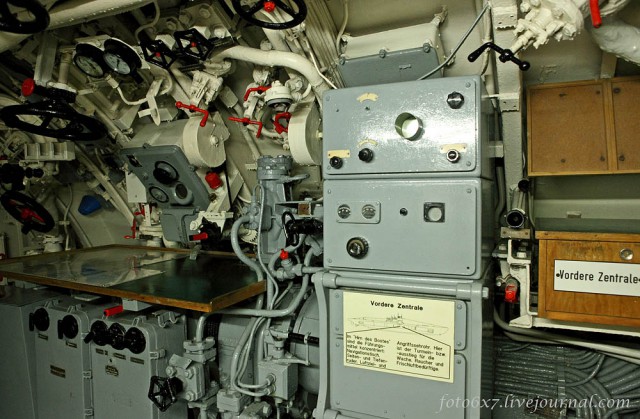
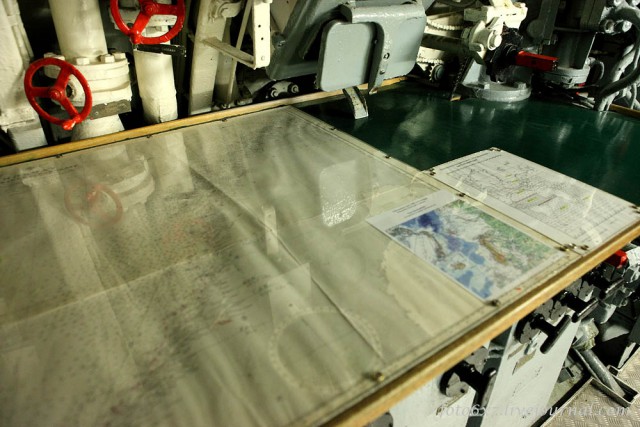
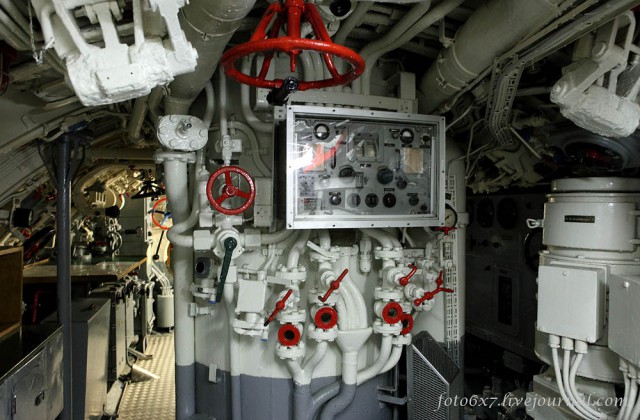
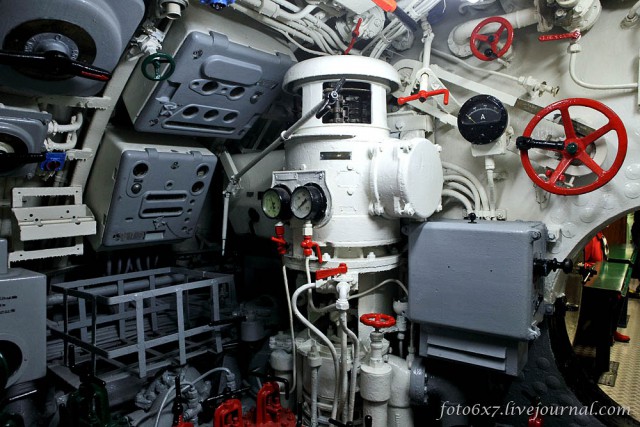
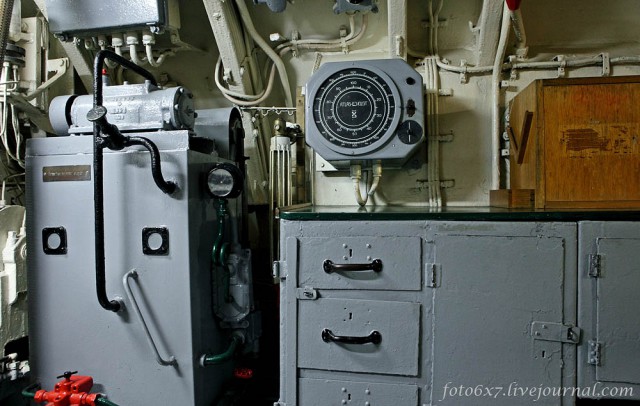
The design of the Type I was further used in the development of the Type VII and Type IX. Type VII submarines were the most widely used U-boats of the war and were the most produced submarine class in history, with 703 built. The type had several modifications.
The Type VII was the most numerous U-boat type to be involved in the Battle of the Atlantic.
